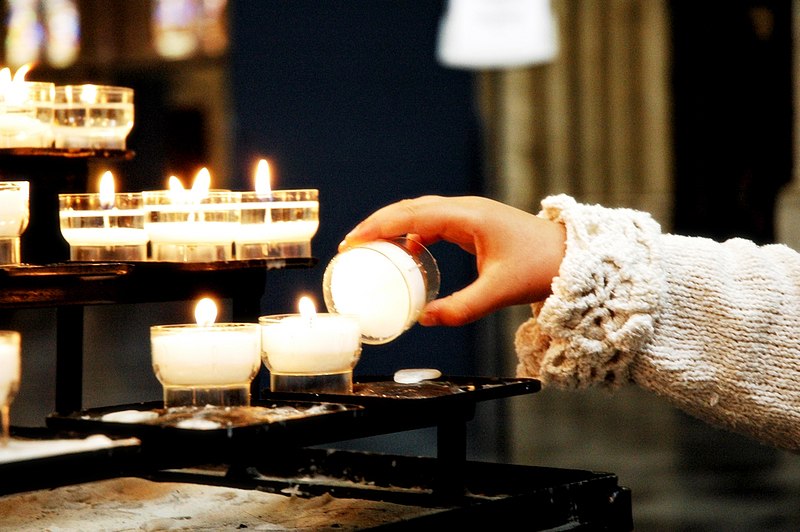The biggest (or most public) faux pas I have ever made in the Godly Play community came when I mentioned teaching the children a song. Straightaway someone reminded me, "Music in the Godly Play classroom ... needs to come from the children and not be imposed by the adults on them" (Teaching Godly Play, p.89). Godly Play does not use singing "to bond the children, to quiet them, to memorize texts, interpret texts [or] to keep the teacher in control" (p.89).
I have to confess not only that I have taught songs in my Godly Play sessions, but I have probably also used them to quiet children! (A.K.A. "getting ready") Let me give those earlier quotes more context. In the same book, on the next page, Berryman writes, "From
3-6 years many of the Taizé songs can be taught by rote in unison
during the feast...". (p.90)
So teaching music is allowed, at least to young children, and provided it's kept simple. Berryman does have a definite bias against children's songs (or a certain kind of children's song). "Seasoned and mature music ... like Taizé, does not
interpret the lessons for the children but gives them a way to move
closer to God, as fundamental texts and liturgical phrases are
repeated over and over without interpretation." (p.90) Berryman wants children to learn "music ... they can sing all their lives and still in old age be comforted by" (p. 90).
My Catechesis of the Good Shepherd trainer gave us concrete examples that chime with Berryman's advice. She uses a range of different music (including Taizé chants). One of her hints was to use snippets of songs, especially choruses/refrains, and especially songs used in your adult services. I was reminded of something we sang in our Communion service on Sunday. The chorus begins like this,
 |
| "Christ be our light! Shine in our hearts..." |
I don't remember if this was one of the examples my CGS trainer used, but it could have been. The first time you sing it with small children, you could use just the first half of the chorus, repeating it like a Taizé chant. Some other time you could introduce the second half.
Another thing our trainer did was to sing something, meditatively, as we were enjoying the lit candles in the Last Supper presentation. I think may have been a bit of a sung setting of the Eucharistic Prayer, perhaps words like these: O Lord,
as we now celebrate the memorial of our redemption,
we remember Christ’s Death
and his descent to the realm of the dead,
we proclaim his Resurrection
and his Ascension to your right hand...
 |
| singing the dismissal blessing (with actions) |
Songs I have used in Godly Play include the dismissal blessing, "Go now in peace. May the love of God surround you...". With the Faces of Easter story, I used the Spiritual, "Amen". [I've written about that
here and
here.] With older children I'd like to teach, "In God's green pastures feeding" (in the video below). What's important is to find a balance,
leaving room for children to sing (and/or create) songs which express their own spirituality, allowing music to emerge as yet another way they can Respond to God.
Berryman warns against "turning the Godly Play feast
time into a music lesson". With a smile, I note that
this video aptly illustrates the difference between worship and music lesson:










 Whatever your preconceptions about Godly Play, may I invite you to seek out a taster course and experience it for yourself? If you've had one bad experience with Godly Play, might I beg you to give it a second chance? It's not the only curriculum out there and it's not the only approach that works. But there's a quiet beauty in the way it allows you to "play" in the presence of (and even with) God. I'd love for you to experience that.
Whatever your preconceptions about Godly Play, may I invite you to seek out a taster course and experience it for yourself? If you've had one bad experience with Godly Play, might I beg you to give it a second chance? It's not the only curriculum out there and it's not the only approach that works. But there's a quiet beauty in the way it allows you to "play" in the presence of (and even with) God. I'd love for you to experience that.


